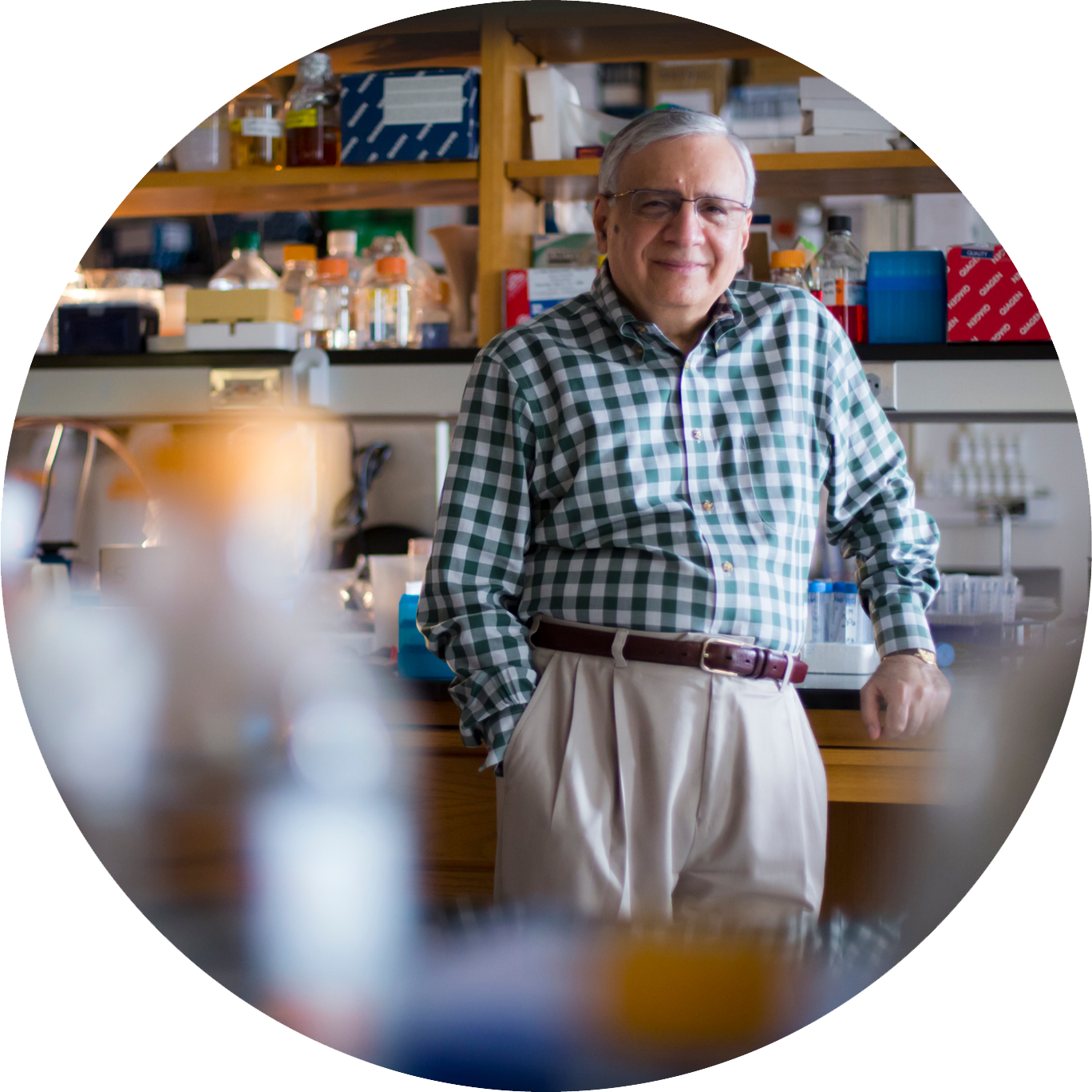COVID QUESTIONS | research pivot
How difficult was the pivot to COVID research?

SUTHAR: “If you work with SARS-CoV-2 (the virus that causes COVID-19) or animals that are infected with the virus, this requires a Biosafety Level 3 lab—high containment facilities that require rigorous training and extra protection. Since my lab leads a BSL3 facility, this has allowed us to be really dynamic with these pathogens. For COVID, we’ve put a tremendous amount of effort into understanding antibody responses during natural infection and after vaccination. My lab has developed a critical viral neutralization assay using the actual virus, which allows us to test hundreds of samples a week and essentially tells us how well the antibodies generated from infection or vaccination block the virus from infecting target cells. More recently, we’ve expanded these efforts to test COVID-19 viral variants as well.
ROUPHAEL: “When SARS-CoV-2 started circulating in Atlanta, we began doing research right away. I was so impressed by how everyone stepped in, from the clinic staff to the community, to make that possible. In record time we were able to collect samples, even from subjects who had come back from the Princess Diamond Cruise, who were among the first Americans to have COVID-19. Then the National Institutes of Health selected Emory as a site for the Moderna trial, and we immediately said yes. Within two weeks, we were giving the vaccine to the first volunteers in Atlanta.
AHMED: “One of the experiences that helped to strengthen our knowledge—clinically and in terms of the science—was our Ebola effort. The Emory Vaccine Center published a paper describing antibody responses in the four Ebola patients we had at Emory University Hospital’s Serious Communicable Diseases Unit. It was the most comprehensive analysis of Ebola-infected patients that has ever been done—a two-year, detailed analysis of how the B-cell response evolved. Similar approaches and techniques are being used to look at the B-cell responses to COVID-19.

“One of the experiences that helped to strengthen our knowledge—clinically and in terms of the science—was our Ebola effort.

